Is Levitation Possible ?
Interesting question, 🤔 emmm... I think the only way to find out is to keep reading. Perhaps to some of us such phenomenon appears to exist in fantasy stories/movies, it's either done by magicians or superpowered beings. In our real world however, things are kinda different but we do have magicians and superpowered beings, and they are not the kind you may be thinking of - like the one in the image below

A girl being levitated by a magician
What then are the kinds we have ?
Good question, i am actually talking about those in the physical sciences (especially experimental physicists) and engineering. You see brethren, deciphering how our physical universe actually operates isn't an easy task, we need special kinds of people to do the work and they could to some extent be considered superpowered beings but this is not to say that we all don't have our own kinds of superpowers 😎. It is one thing to understand something and another thing to apply what you understand, applying the knowledge with great skill is where the magic happens.
So, yes, levitation is actually possible and currently there are many different ways of making it happen. The most popular way which would also be the main focus of this article is with the use of magnetic fields, often called "magnetic levitation" but before we proceed further, let's first understand what this levitation actually is.
Levitation usually involves suspending an object above a surface with mostly no mechanical support. For example, you have a cup on the table (surface), primarily we tend to support the cup in the air and above the table with our hands (after lifting it up from the table). Our hand is providing the mechanical support for the cup in the air, obviously this can't be considered levitation. In our everyday world, if we happened to remove our hand from the cup suspended in the air, gravity acts on the cup and it falls down to the table, possibly shattering (if the cup is breakable). Now, imagine a situation where we removed our hand but the cup still remains in the air (it doesn't fall), at this point, neglecting the insignificant effect of air (approximately in vacuum), the cup is levitating. In the real world however, for the cup to still remain in the air, we would need to devise a non-mechanical means of cancelling out the effect of gravity on the cup (preventing it from falling). One way is to use magnetism.
The image above is an example of magnetic levitation, you can see a small object hanging (without mechanical support) in the air above a large white and red object (the magnet). However, the approach used for that kind of levitation (in the image) won't be discussed in this article, as it is too technical. The ones we shall discuss in this article are the very popular ones, owing to their less technicality.
Induced Current
According to Faraday's law of electromagnetic induction, an E.M.F (or voltage) is always induced in a conductor, if the conductor is brought close to a changing/time-varying magnetic field (in this case let's assume a moving magnet). This is the working principle of generators that produces electricity for our homes. However, there's another law that is always attached to this Faraday's law and it's called "Lenz law". We should be aware that when there's voltage in the conductor, there's also electric current, another thing is that moving charges (electric current) also produces magnetic field, which means the changing magnetic field from the moving magnet can cause the conductor to produce it's own magnetic field (through the electric current induced by the moving magnet) but according to Lenz law, this magnetic field from the conductor always tries to oppose the magnetic field that caused it's existence (in this case that of the moving magnet) - in layman's terms, the conductor at this point is trying to fight the magnet. This phenomenon can be problematic in some electrical circuits like the electric transformer and also the generator that supplies electricity to our homes, and there are ways of tackling the problem but in some cases, the phenomenon can be of an advantage. Your electric fans (like the ceiling fan) makes use of electromagnets and this phenomenon to operate, this is the reason why you don't get to see any permanent magnets in the fan when you dismantle it.
Another place where the phenomenon is applicable is demonstrating levitation. Remember we said the conductor tries to fight the magnet but technically speaking, this is normally seen as repulsion, both the conductor and the source of the changing external magnetic field are repelling each other, we can utilize the repelling effect to produce levitation. The best way to do this is to have an electromagnet that is fixed (can't move) and a conductor that can move, the electromagnet is fed with an alternating current (the kind from the power station) but with higher frequency (for stability), the alternating current is to help provide a changing magnetic field. The next step is placing a conductor (like aluminum foil) above the electromagnet. The image below shows a simple illustration.
Diamagnetism
Instead of using a changing/time-varying magnetic field to produce repelling effects for levitation, as was seen previously, we can also use a magnet with a stationary magnetic field (like a permanent magnet at rest). The repelling effect however, would then have to come from using special kinds of materials, these materials are generally called "diamagnetic materials". They naturally repel an external magnetic field and technically speaking they are said to have negative "magnetic susceptibility". Examples include copper, mercury, carbon (especially graphite), water, e.t.c.
In this case, we can just place the diamagnetic material above a fixed permanent magnet but to get levitation, we would need a very strong magnetic field/powerful magnets and different diamagnetic materials have their own unique magnetic field strengths of which levitation can be possible. Below is an image of levitation with permanent magnets and a diamagnetic material.
As seen from the image, the black diamagnetic material (a special kind of graphite) is seen suspended above four very strong permanent magnets (gold-like color).
It's interesting to note that even small animals have been used for levitation experiments (e.g frogs), the animals served as the diamagnetic material and the levitation was possible because the animals contain water - remember water is also a diamagnetic substance. It's even possible to levitate human beings (since we also contain water) but the magnetic field involved would have to be very powerful and maybe dangerous.
Superconductors
Superconductors are very interesting materials owing to the great opportunities they can offer, especially in the electrical technologies and it deserves an article of it's own. However, we would just brief about it here and discuss how levitation can be achieved through it. Let's first imagine a simple light bulb circuit, it would have the source of electricity (say, a battery), the bulb and lastly the conductors (often called wires). The conductors connects the battery and the bulb, that is, electricity has to flow from the battery, through the conductors and to the bulb - in a closed circuit. The conductors usually have some opposing effect on the flow of electricity (like friction), this opposing effect is normally called "resistance". This resistance is responsible for why excessive voltage/current can cause the conductors to heat up (sometimes you hear of buildings that catch fire due to burning wires), this resistance is also responsible for why the bulb or any electrical appliance switches off if the electrical supply is caught off/removed. Now, imagine a situation where the battery is removed but the circuit is closed and the bulb is still on (you see light from the bulb) probably for days or even years - somehow current is still flowing along the conductor despite no source. This seems absurd but it is actually possible and has been observed numerous times in the Lab, though bulbs weren't used. The secret to this is to replace the conductors with superconductors and as a matter of fact, every conductor can be made a superconductor, this is done by cooling the conductor below a certain critical temperature. When you cool the conductors, it's resistance decreases and below the critical temperature, the resistance drops abruptly to approximately zero. Ideally, there's nothing to dissipate the energy of the current/there's nothing to stop the charges from moving. These kind of conductors can prevent houses from catching fire due to excessive currents but currently, having such conductors in our homes would be very expensive and cumbersome, and it mainly has to do with the very low temperatures involved, this is why there's now active research into high-temperature superconductors. Another interesting attribute of superconductors is that they completely repel an external magnetic field (Meissner effect). In fact, they are considered perfect diamagnetic materials. Remember we said other diamagnetic materials have unique field strengths (magnetic) of which levitation is possible but for a particular superconductor any magnetic field strength can produce levitation.
As can be seen from the image, a magnet is seen suspended above a superconductor.
Apart from showcasing levitation, it also has technological applications. Some electric trains found in countries like Japan and China makes use of levitation for their movement. Conventional trains usually have tyres and sometimes friction between the tyres and the rail can be problematic, these trains instead eliminate the use of tyres. The trains are levitated above the rails (though not noticeable) and some other mechanism (including the magnetic fields involved) is used to produce propulsion. Here, friction below the train is eliminated almost completely, since the train isn't in contact with the rail.
So, the next time you get into an argument concerning levitation, you can show the opposition how it's really done 😉.
It is here we conclude this article, have a thoughtful day and see you next time.
For further reading
Thank you all once again for stopping by to read my jargons and also thank you @juecoree, @lemouth and the @Steemstem team for your valuable supports.
Lastly, please don't forget to do the needful
Upvote
Comment
Reblog
If you enjoyed my jargons.

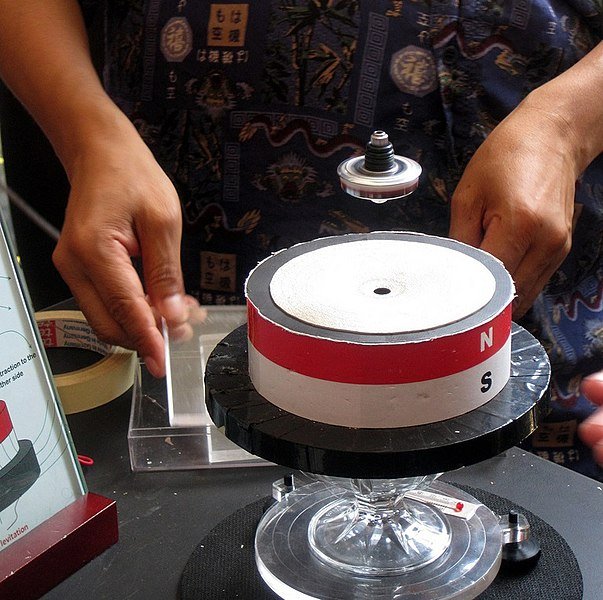
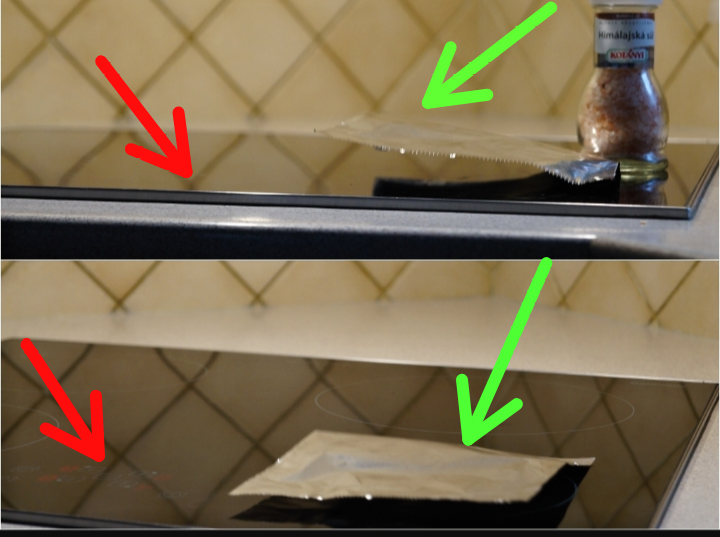
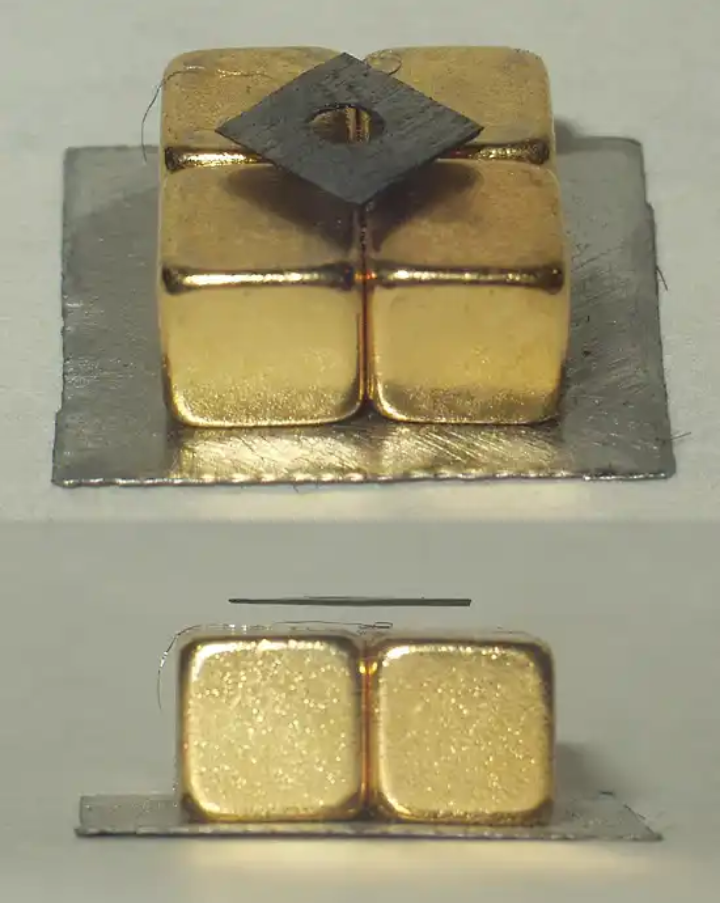
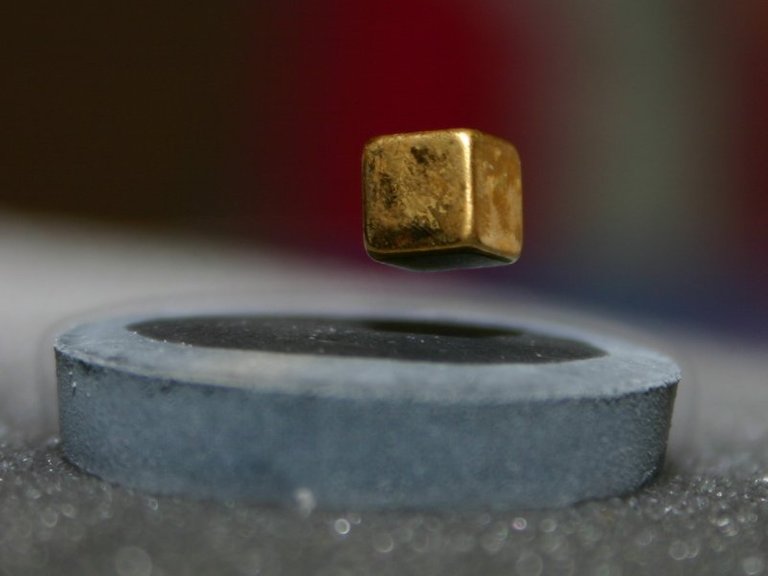
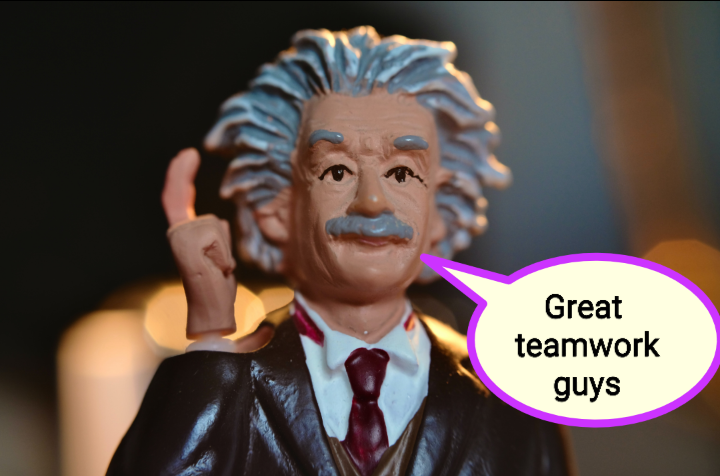
Congratulations!
✅ Good job. Your post has been appreciated and has received support from CHESS BROTHERS ♔ 💪
♟ We invite you to use our hashtag #chessbrothers and learn more about us.
♟♟ You can also reach us on our Discord server and promote your posts there.
♟♟♟ Consider joining our curation trail so we work as a team and you get rewards automatically.
♞♟ Check out our @chessbrotherspro account to learn about the curation process carried out daily by our team.
Kindly
The CHESS BROTHERS team
Thanks for your contribution to the STEMsocial community. Feel free to join us on discord to get to know the rest of us!
Please consider delegating to the @stemsocial account (85% of the curation rewards are returned).
You may also include @stemsocial as a beneficiary of the rewards of this post to get a stronger support.